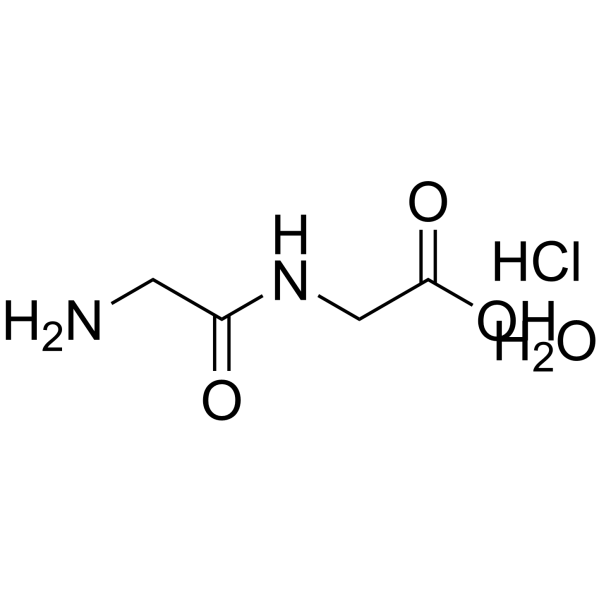In Situ Porous Structures: A Unique Polymer Erosion Mechanism in Biodegradable Dipeptide-based Polyphosphazene and Polyester Blends Producing Matrices for Regenerative Engineering.
Meng Deng, LakshmiS Nair, SyamP Nukavarapu, SangameshG Kumbar, Tao Jiang, ArlinL Weikel, NicholasR Krogman, HarryR Allcock, CatoT Laurencin
Index: Adv. Funct. Mater. 20 , 2743-2757, (2010)
Full Text: HTML
Abstract
Synthetic biodegradable polymers serve as temporary substrates that accommodate cell infiltration and tissue in-growth in regenerative medicine. To allow tissue in-growth and nutrient transport, traditional three-dimensional (3D) scaffolds must be prefabricated with an interconnected porous structure. Here we demonstrated for the first time a unique polymer erosion process through which polymer matrices evolve from a solid coherent film to an assemblage of microspheres with an interconnected 3D porous structure. This polymer system was developed on the highly versatile platform of polyphosphazene-polyester blends. Co-substituting a polyphosphazene backbone with both hydrophilic glycylglycine dipeptide and hydrophobic 4-phenylphenoxy group generated a polymer with strong hydrogen bonding capacity. Rapid hydrolysis of the polyester component permitted the formation of 3D void space filled with self-assembled polyphosphazene spheres. Characterization of such self-assembled porous structures revealed macropores (10-100 m) between spheres as well as micro- and nanopores on the sphere surface. A similar degradation pattern was confirmed in vivo using a rat subcutaneous implantation model. 12 weeks of implantation resulted in an interconnected porous structure with 82-87% porosity. Cell infiltration and collagen tissue in-growth between microspheres observed by histology confirmed the formation of an in situ 3D interconnected porous structure. It was determined that the in situ porous structure resulted from unique hydrogen bonding in the blend promoting a three-stage degradation mechanism. The robust tissue in-growth of this dynamic pore forming scaffold attests to the utility of this system as a new strategy in regenerative medicine for developing solid matrices that balance degradation with tissue formation.
Related Compounds
| Structure | Name/CAS No. | Molecular Formula | Articles |
|---|---|---|---|
 |
Gly-GLY.HCl.H2O
CAS:23273-91-8 |
C4H11ClN2O4 |
|
Native and fluorescent dye-dependent single-DNA molecule mic...
2011-08-28 [Chem. Commun. (Camb.) 47 , 9137-9139, (2011)] |
|
Hydrated metal(II) complexes of N-(6-amino-3,4-dihydro-3-met...
2004-02-01 [Acta Crystallogr. B 60 , 46-64, (2004)] |
|
Determination of phytic acid and inositolphosphates in barle...
2011-04-01 [Electrophoresis 32 , 1090-1093, (2011)] |
|
Improved rapid assay of plasma uric acid by short-end inject...
2009-12-01 [Anal. Bioanal. Chem 395 , 2577-2582, (2009)] |
|
Sodium glycylglycine as effective electrolyte run buffer for...
2005-11-01 [J. Sep. Sci. 28 , 2193-2199, (2005)] |